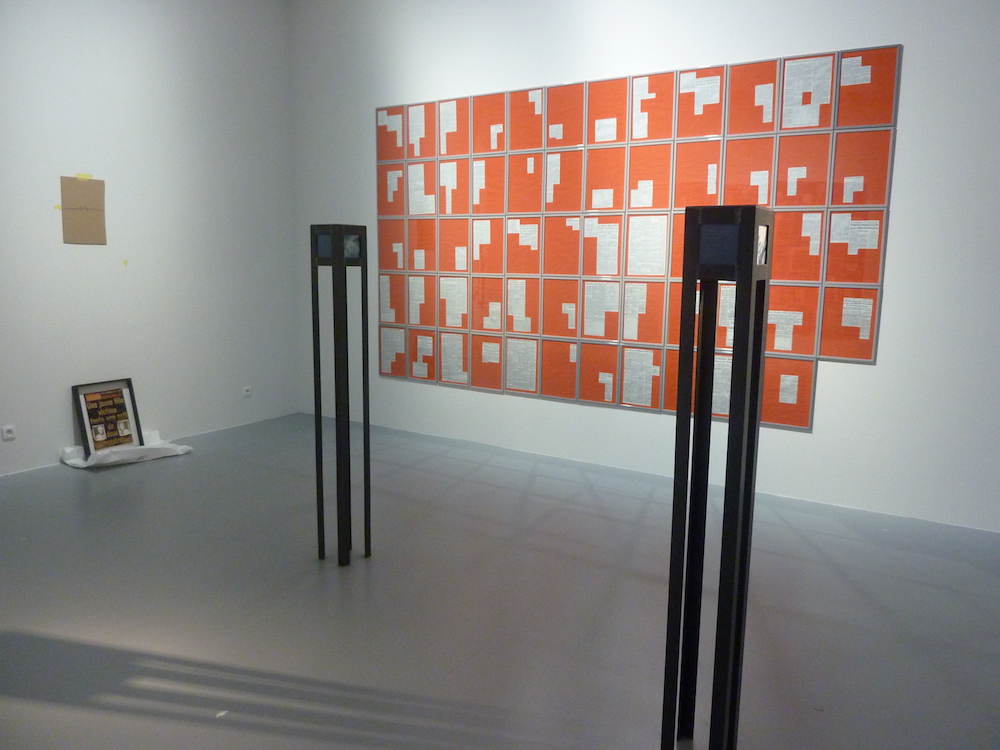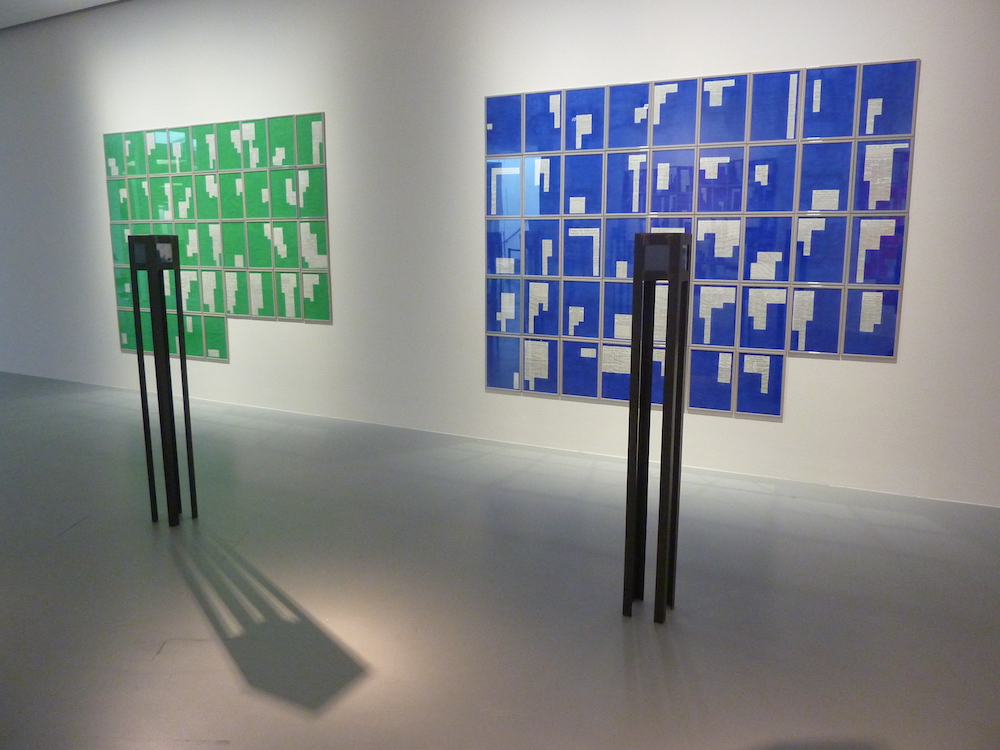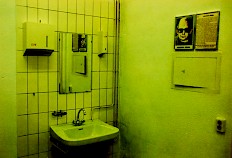|
07.VI.2019
15.IX.2019 |
Amberes
Roberto Bolaño’s Antwerp curated by Nav Haq | |


| ||
An exhibition inspired by a novel, a city and a sceneArtists include: Anne-Mie Van Kerckhoven, Imogen Stidworthy, Sophie Podolski, Cevdet Erek, Michèle Matyn, Andrea Fraser, Luc Deleu, Georges Smits, Allan Sekula, Laure Prouvost, Luc Tuymans, Bart Prinsen, David Lamelas, Jimmie Durham, Katrin Kamrau, Ruth Sacks, Walter Swennen, Chantal Peñalosa, Nicolás Uriburu, Stephen Willats, Paul Hendrikse, Marlene Dumas, Rinus Van de Velde, Danny Devos, Eva Donckers, Alain Ayers, Mathieu Verhaeghe, Alain Robbe-Grillet, Adrien Tirtiaux, Laurie Parsons, Gordon Matta-Clark, Hugo Roelandt, Ria Pacquée and items from the Roberto Bolaño Archive. Displaying the raw energy that he would later develop to establish himself as one of the most original writers of his generation, Roberto Bolaño’s early experimental novella Antwerp remains unclassifiable. Written in 1980, but only published in 2002 shortly before the author’s death, Antwerp is a highly-fragmented detective story, displaying deep irreverence to the form of the novel. Avoiding linear narrative, it progresses using a multiplicity of perspectives, with images, scenes and characters called up in different forms each time. The whole remains elusive. In Antwerp, Bolaño thematises everyday reality in a way that feels highly contemporary, as expressed through topics such as crime and corruption, sexual violence, relative truth, memory and erasure, marginality and urbanism, the male gaze, and the sea as a metaphor. A range of archetypes – detectives, victims, artists, alter-egos, hunchbacks and vagabonds – inhabit his enigmatic story. The genre of the detective story, in fact, can be seen as a vehicle for unpacking such themes and archetypes, dragging us away from the generic, leading us somewhere more ambiguous. It is these themes and character archetypes, as well as the experimental structure of Antwerp that we take our inspiration from as modes of reflection in this group exhibition, which we have also called Amberes – adopting the book’s title in its original Spanish. The novella’s actual relation to Antwerp remains elusive and even a bit absurd – “In Antwerp a man was killed when his car was run over by a truck full of pigs” is the seemingly random anecdote that opens chapter 49. Yet, the innovative way of writing – converging many styles, scenarios, characters and perspectives – resonates with the characteristics of visual art in, or inspired by, the city – a scene which also comprises many positions, generations, dynamics, and comings and goings. An exhibition in Antwerp taking inspiration from the book might adopt the multiplicity of perspectives Antwerp mobilises, as a way to provide reflections on the city, and how artists translate experiences of the city into different forms. Danny DevosWurger van de Linkeroever – 1 (1994) Framed microfilm prints of newspaper articles, paint, 42 x 30 x 1 cm (Volksgazet, De Nieuwe Gazet, Het Nieuwsblad, Gazet van Antwerpen) Collection Flemish Community The thin line between ‘normal’ and ‘deviation’ is what characterises Danny Devos’ performative practice as an artist. One basis of his practice is based around the schizoid personality. We understand from psychological profiling that some deviant personalities tend towards emotional detachment, secretiveness and social apathy, whilst also creating rich and idiosyncratic internal worlds. Such personalities include to a heavy degree: scientists, criminals, religious thinkers, and artists. Devos has maintained correspondence with convicted serial killers since the mid-1980s, to gain a deeper understanding of their motives. It has led to several works referencing criminals and their crimes. Devos exchanged letters with Michel B. – the so called ‘Wurger van de Linkeroever’ (‘Strangler of the Left Bank’), which led to this work. For Wurger van de Linkeroever – 1, he took articles from four different Belgian newspapers about the case of B., blocking out the other articles on the page. For Wurger van de Linkeroever – 2, he created a series of six metal objects with photos and fragments of correspondence between himself and B. Une Jeune Fille Victime toute une Nuit de Deux Monstres (1980) Magazine, 2 polaroid pictures, 56 x 44 cm Courtesy the artist Romain Slocombe Le Poulpe: Saké des brumes (2002) Published by Le Seuil/Baleine | ||
|
Friday 7th of June 2019 -> Sunday 15th of September 2019 in M HKA, Leuvenstraat 32, Antwerpen, Belgium. weblink | ||
|
Included works: Wurger van de Linkeroever - 1, Wurger van de Linkeroever - 2, Une Jeune Fille Victime toute une Nuit de Deux Monstres, Related bibliography: | ||
